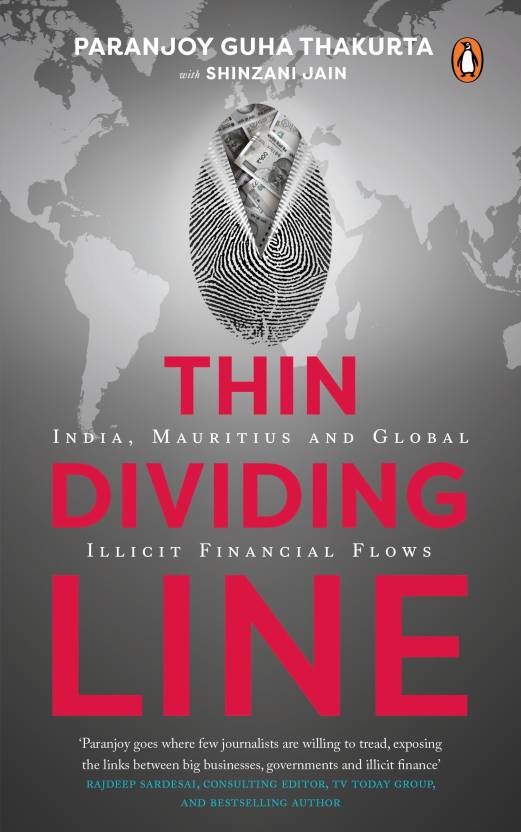THE MINISTRY of Information and Broadcasting recently issued a show-cause notice to news channels Sahara Samay and P7 after they telecast a video purportedly showing sexual intimacy between sacked Rajasthan minister Mahipal Maderna and government nurse Bhanwari Devi. The channels have been asked to explain why action should not be taken against them after they aired parts of the CD.
The channels have been virtually directed to stop further broadcast of the video on grounds of depiction of indecent content containing obscenity not suitable for unrestricted public exhibition. Sahara Samay and P7 have been directed to present their case to the interministerial committee if they wish.
Meanwhile, there was another development where reporters from the Hindi channel Aaj Tak asked Maderna’s wife if she had seen the video following which reporters of Aaj Tak and Headlines Today were beaten up by Maderna’s supporters.
Showing the CD, which contains allegedly pornographic content about her husband, to Maderna’s wife is highly insensitive and unethical. But I don’t think these can be adequate grounds for beating up the reporters. Two wrongs do not mean a right!
This whole issue highlights and brings back into focus the issue of media regulation in India. As for the content that appears in the electronic medium, the regulatory structure that exists is highly inadequate and flawed. Television channels would, of course, like to be in a self-regulation mode, but what do you do in an extreme situation like this one? Situations where you are putting on air content that is allegedly pornographic.
The ministry regulates content at the governmental level. At self-regulatory level, there are two basic Self-Regulation Organisations (SROs) in India: you have the News Broadcasters Association (NBA), under which you have the Ethics Committee of the NBA, and you have the Broadcasting Content Complaint Council, which has been set up by the Indian Broadcasters’ Federation and is supposed to deal with fiction or non-news content. But the SROs have no powers to punish a broadcaster. Justice JS Verma’s panel can at best recommend the ministry to suspend or cancel the licence of a channel that has been found to violate ethical norms.
I won’t be surprised if the channels do apologise saying, “Sorry, this content shouldn’t have been shown and we will run an apology.” But is it an adequate punishment?
Let’s look at other examples. India TV once aired an interview supposedly of a Pakistani analyst — an interview she had given to Reuters. It had been translated and read out by a female anchor against a picture of the analyst. In this case, you are not only violating copyright — because the interview was given to Reuters and you carried it without crediting it to the news agency. You are also misrepresenting facts to your audience, which would construe that the anchor was the caller. The channel took only bits and pieces of the interview and that too out of context.
So what was the reaction of Rajat Sharma, chairman and editor-in-chief of India TV, when these complaints came in? First, he apologised because there was a clear case of copyright violation, but later, he withdrew India TV’s membership from the NBA! He was upset that the NBA had suo moto imposed a fine of Rs 1 lakh without hearing his side of the story.
What this issue highlights once again is the following:
1. The limits of self-regulation,
2. The inadequate system that we have in place in India for punishing those who transgress the laws. I’m not even getting into whether this is pornography or whether this is obscene or not, or whether the law is right or not. All I’m saying is that even in cases of violation of laws, the punishment mechanism is longdrawn and inadequate.


